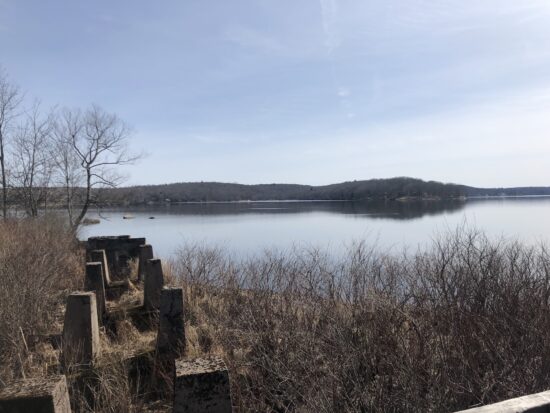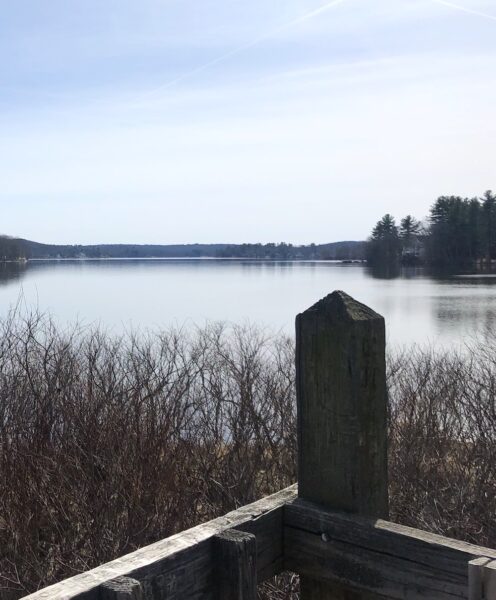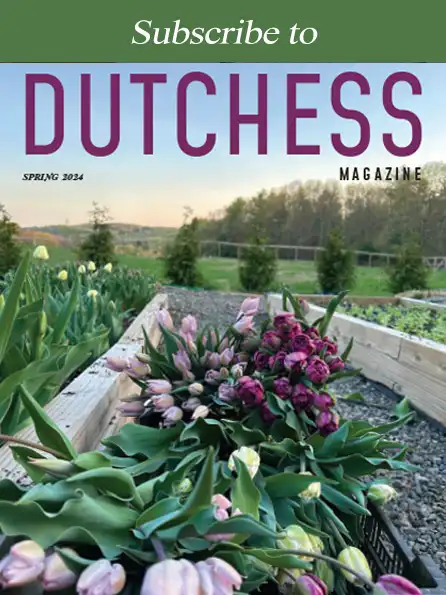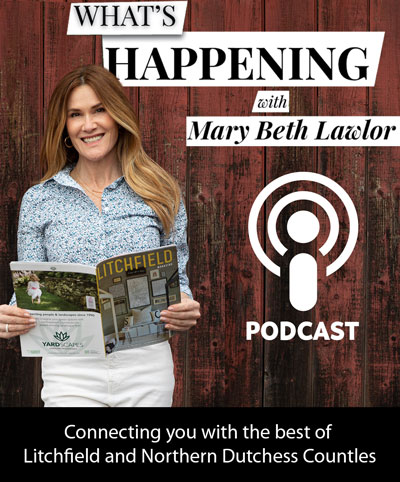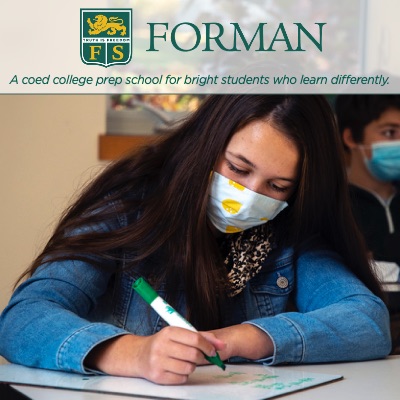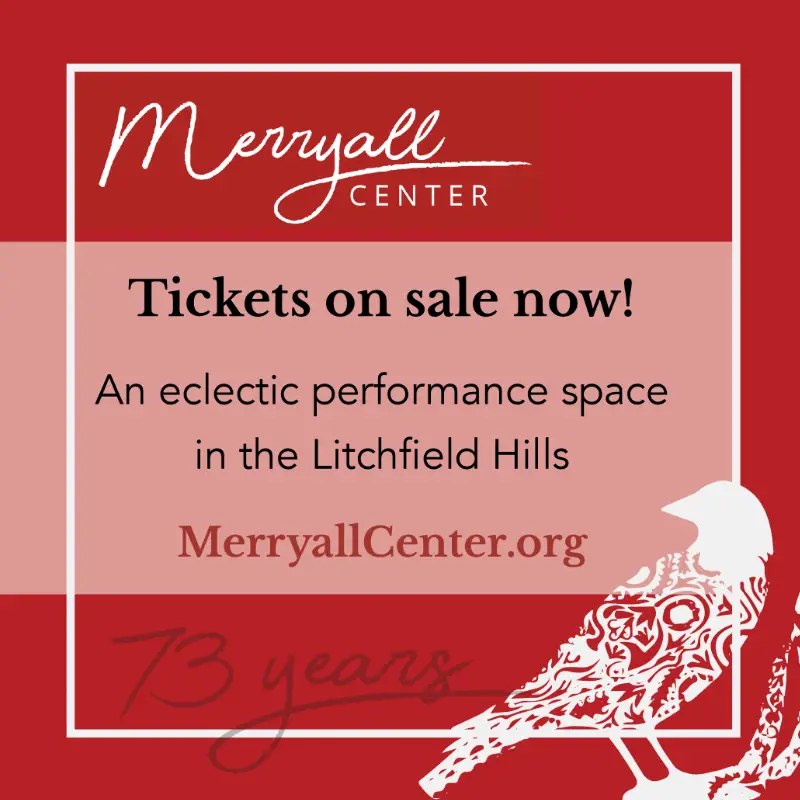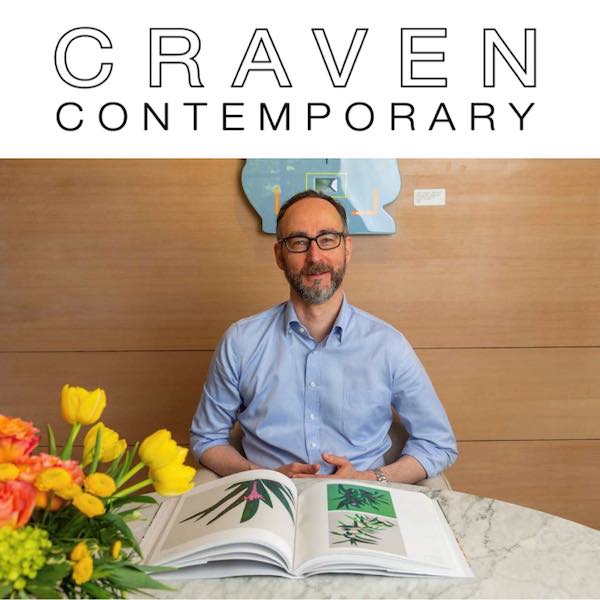This is the eighth of an essay series that will be published as long as social distancing is necessary. All pieces are written by Litchfield County residents. If you are interested in submitting an essay for consideration please email us at [email protected].
By Emily O’Hara of Northfield
I do all of my thinking in my kitchen now. I occupy the lower right corner of my kitchen table and type for hours. Conference calls lead to conference calls lead to dinner and happy hour. These bleed into a few essays here, a Zoom meeting there. I’ll tutor for a few nights a week. I am one of the faces of the Class of 2020—a soon-to-be college graduate. I’m finishing the last of eight semesters, seven of which completed, six hours a week tutoring, five classes per semester, four years of schooling, three internships in summers, two majors, one degree. Four years later, I think I might be more confused than when I started. But now, as a Political Science and English double major, I feel like I need to find a way to explain this bubble we have had to slowly construct around ourselves. I write my way through these enclosures because it’s a quaint little form of escapism. At the same time, I wanted to do it through structure: through T.S. Eliot’s “The Hollow Men.” We read it in my senior year AP Literature and Composition course. Litchfield High School. Ms. Ferrari. My fellow Litchfield graduates (and soon-to-be graduates) know this too well.
You may know “The Hollow Men,” too. It ends with:
This is the way the world ends
This is the way the world ends
This is the way the world ends
Not with a bang but with a whimper.
Grim and ghastly, this one section of the poem is representative of a larger narrative of truly hollow men, implicating genocide, imperialism, colonialism. These are things we perpetuate today under different names. While I could write books on this—and truly, I’ve studied multiple texts a semester on the topics, writing essays of notable length—I want to consider those final two lines of Eliot’s work: This is the way the world ends. Not with a bang but with a whimper.
This is not the way the world ends. This is the way we see holes in a fabric that has been pricked by the heels of those who do not care where they’re stepping. This is the way we open our first aid kit and find it empty. This is the spotlight, not on a star, not a singer, but instead shining on the nothingness that Samuel Beckett would create. This is the nothingness we would be obligated to stare at in a theatre for two hours, a nothingness representing months spent in fear. A darkened stage with a blinding light of oblivion. This is not the way the world ends.
This is not the way the world ends. This is the way the shortcomings come and the outgoings go. This is the heartbeat, slowing, slowing. This is that steady rhythm, an electronic rhythm, that nobody wants to hear. This is the thought experiment that came to life and turned into a nightmare. This is the pain of loss coupled with the pain of isolation. This is a should have. Could have. Would have. This is not the way the world ends.
Note.
Here is the way the world ends: not with a bang, but with a whimper that echoes from mouth to mouth around the world. Not with a bang, but with the implication of a culture with a disease. Not with a bang, but with antipathy. Not with a bang, but with the “I” over the “we.” Not with a bang, but with a silence that threatens to suffocate us if we do not feel like humanity again. Not with a bang, not with a whimper, but with a silence that stems from acceptance with the way things always were, and the way they never will be again. This is the way the world ends, and it must be stopped. It must be answered and answered with a resounding response that says, “No,” emphatically, confidently, with the force of all of us.
This thing, though, this thing is not the way the world ends. This is not the way the world ends. We are in a pandemic, in which people are not endemic of disease. A fever, a cough, the swelling, the filling: these are endemic. This is the way we listen, really listen. To the body, to heart, to mind, to eyes, to hands, to lips, to face. Listen to the things we can see and hear right now, not touch. This is the way we blossom. This is the way we rethink the way we thank (stay home, please). This is the way my mom learns to color her hair (less than an hour!) and I learn to sew in the dead of night at my childhood desk (more than an hour!). This is the way we question ourselves, our lives, our beliefs. I am. Am I? This is the way we build bridges, but carefully. They need not be beautiful bridges like the apartments that are crumbling even though they cost more than a student’s income. They need not stand tall and perfect and hollow like the facades that create shadows over (empty) Central Park. They can have holes and faults and things wrong because things wrong don’t mean failure; they show there is something to improve. This is the way we build a bridge of olive branches from you to me and the things we do not understand.
This is the way we build a bridge of olive branches. This is the way we build a bridge. This is the way we build. This is the way we—This is the way.
